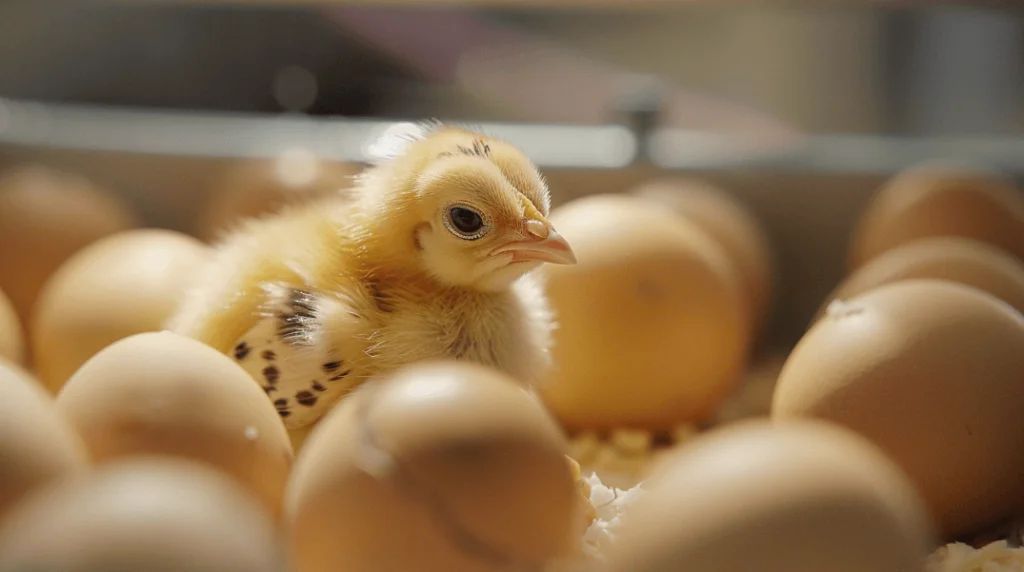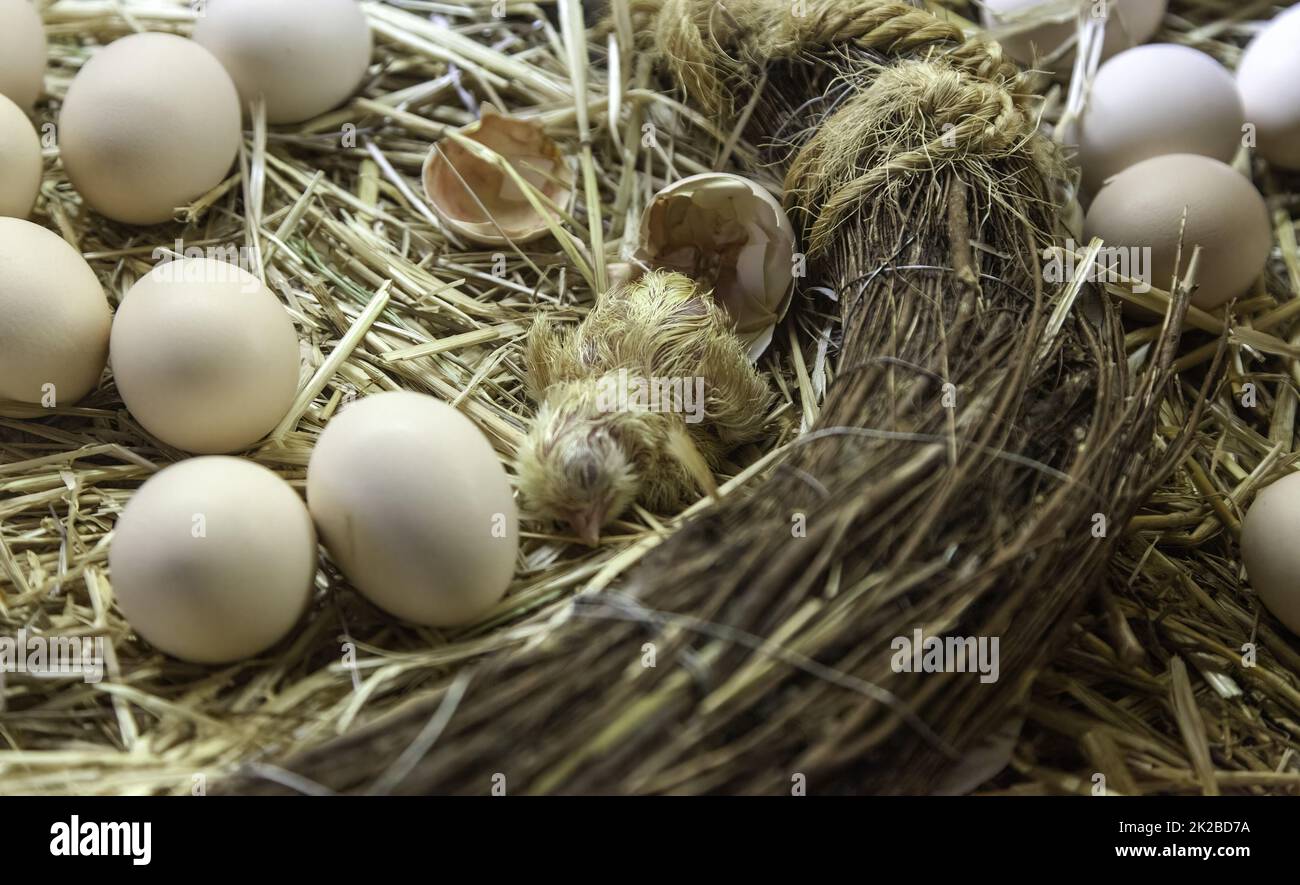
The Delicate Dance of Time: Unraveling Turtle Egg Incubation Periods on Turtle Island
The sands of Turtle Island, a cluster of protected havens in the Sulu Sea off the coast of Sabah, Malaysia, cradle a silent, crucial drama: the incubation of sea turtle eggs. Far from a uniform process, the period during which these leathery spheres transform into tiny, determined hatchlings is a complex interplay of environmental factors, species-specific biology, and a remarkable natural phenomenon that dictates the very future of these ancient mariners. Understanding these incubation periods is not merely academic; it is the bedrock of conservation efforts aimed at safeguarding populations teetering on the brink.
At its core, incubation is the developmental phase between egg laying and hatching, a period of intense biological activity within the seemingly inert egg. For sea turtles, this process typically occurs buried beneath the sand, a natural incubator providing insulation and moisture. The duration of this critical stage is highly variable, ranging from as short as 45 days to as long as 75 days, depending primarily on the species, but significantly modulated by the immediate environmental conditions of the nest.
Turtle Island, renowned as a vital nesting ground for Green Sea Turtles ( Chelonia mydas) and Hawksbill Sea Turtles (Eretmochelys imbricata), and occasionally visited by Olive Ridley Sea Turtles (Lepidochelys olivacea), offers a living laboratory for studying these intricate processes. Conservationists and researchers meticulously monitor hundreds of nests annually, whether in situ (left in their original location) or relocated to protected hatcheries to mitigate predation and erosion. This close observation has yielded invaluable data on the factors influencing incubation success and duration.
The Orchestrator: Temperature and Its Profound Influence
Foremost among the environmental factors is temperature. Sand temperature directly influences the metabolic rate of the developing embryo; warmer temperatures generally accelerate development, leading to shorter incubation periods, while cooler temperatures slow it down. This relationship is not linear but rather falls within an optimal range. Temperatures too high can be lethal, cooking the embryos, while excessively low temperatures can arrest development or lead to deformities.

"Temperature is the silent orchestrator of life within the egg," explains Dr. Aris bin Omar, a veteran marine biologist working with the Sabah Parks department on Turtle Island. "A difference of just a few degrees Celsius can shorten or lengthen incubation by weeks, and critically, it determines the sex of the hatchlings."
This phenomenon, known as Temperature-Dependent Sex Determination (TSD), is one of the most fascinating and alarming aspects of sea turtle biology. Unlike mammals or birds where sex is genetically determined at conception, a sea turtle’s sex is decided by the ambient temperature during a critical period of embryonic development, usually in the middle third of incubation. Generally, cooler temperatures produce males, warmer temperatures produce females, and intermediate temperatures result in a mixed ratio. There’s a ‘pivotal temperature’ (PTP) around which the sex ratio shifts dramatically. For many species, this pivotal temperature is around 29.2°C. Nests incubating consistently below this might yield all males, above it, all females.
The implications of TSD are profound, especially in the face of global climate change. Rising global temperatures mean that nesting beaches are becoming warmer, potentially leading to an overwhelming feminization of sea turtle populations. On Turtle Island, researchers are already observing shifts in sex ratios, with an increasing number of female hatchlings being a cause for significant concern. A population skewed heavily towards one sex faces severe reproductive challenges in the long term, threatening its viability.
Species-Specific Incubation Ranges on Turtle Island
While temperature is a universal modulator, the baseline incubation period varies significantly between species.
Green Sea Turtles (Chelonia mydas): As the most common nesters on Turtle Island, Green Sea Turtles typically have an incubation period ranging from 50 to 75 days. Their larger eggs, relative to other species, often contribute to a slightly longer developmental time. Nests laid earlier in the nesting season (typically March to October on Turtle Island), when ambient temperatures might be slightly cooler, often experience incubation periods towards the longer end of this spectrum. Conversely, nests laid during the peak of the hot season might see hatchlings emerge closer to the 50-day mark.
Hawksbill Sea Turtles (Eretmochelys imbricata): These critically endangered turtles, also frequent visitors to Turtle Island, generally exhibit an incubation period of 55 to 70 days. Their eggs are slightly smaller than those of Greens. The Hawksbill’s preference for nesting in vegetation-covered areas on the beach might offer some localized temperature moderation compared to open sand, though this can vary greatly.
Olive Ridley Sea Turtles (Lepidochelys olivacea): While less common on Turtle Island compared to their mass nesting ‘arribadas’ elsewhere, Olive Ridleys do occasionally nest here. They have the shortest average incubation period among the three species, typically ranging from 45 to 65 days. Their smaller egg size and faster developmental rate are key factors in this shorter duration.
These ranges are not absolute but rather a guide. Even within the same species on the same beach, slight variations in nest depth, sand composition, moisture content, and even the metabolic heat generated by the clutch itself can create microclimates that subtly alter the incubation period.

Beyond Temperature: Humidity, Substrate, and Oxygen
While temperature is king, other environmental factors play supporting roles in the incubation drama:
- Humidity: Proper moisture levels in the sand are crucial. Too dry, and the eggs can desiccate, leading to embryo death. Too wet, and fungal or bacterial growth can proliferate, or oxygen diffusion can be inhibited. Turtle Island’s tropical climate generally provides sufficient humidity, but extreme dry spells or heavy rainfall can impact nest success.
- Nest Substrate: The type of sand (particle size, compaction) affects gas exchange and thermal properties. Finer, more compact sand might retain heat more effectively but could hinder oxygen flow. The porous, well-aerated sand on Turtle Island’s beaches is generally ideal.
- Oxygen Levels: Embryos require oxygen for respiration. The porous nature of sand allows for sufficient gas exchange, but overly compacted nests or those waterlogged can lead to anoxia and embryo mortality.
The Hatchery and Conservation Intervention
On Turtle Island, the majority of turtle eggs are carefully collected shortly after laying by park rangers and relocated to protected hatcheries. These fenced-off areas are designed to protect nests from natural predators (monitor lizards, ghost crabs, birds) and human disturbance, as well as erosion from high tides. While this intervention significantly boosts hatching success rates, it also presents a challenge regarding TSD.
"Relocating eggs to a hatchery means we lose some natural variability in nest temperatures," says Dr. Aris. "We try to mimic natural conditions as much as possible, perhaps by strategically placing nests in shadier or sunnier spots within the hatchery, but it’s a constant balancing act. Our primary goal is to get as many healthy hatchlings as possible to the sea, but we’re acutely aware of the TSD implications."
Rangers meticulously record the date of laying for each relocated clutch, allowing them to predict the approximate hatching date. As the expected incubation period draws to a close, nests are monitored even more closely. The first signs of hatching often involve slight depressions in the sand above the nest, followed by the frenetic emergence of multiple hatchlings – a phenomenon known as the "boil."
The Final Dash: Emergence and the Future
Once the hatchlings emerge, typically at night when temperatures are cooler and predators fewer, they embark on their perilous dash to the sea. This short, instinct-driven journey is itself a critical developmental stage, imprinting them with crucial navigational cues and strengthening their muscles. Only a tiny fraction of these hatchlings will survive to adulthood, making the successful incubation of every single egg profoundly important.
The work on Turtle Island underscores the vital link between scientific understanding and practical conservation. By meticulously studying the incubation periods and the environmental factors that govern them, particularly temperature-dependent sex determination, conservationists can adapt strategies to give these ancient mariners a fighting chance. This includes research into artificial shade structures for nests, managing beach vegetation, and even exploring the potential for controlled temperature incubation in extreme scenarios.
The sands of Turtle Island will continue their silent vigil, but the future of its sea turtle populations hinges on our ability to understand, protect, and adapt to the delicate dance of time that unfolds beneath its surface, ensuring that the ancient cycle of life continues for generations to come.

